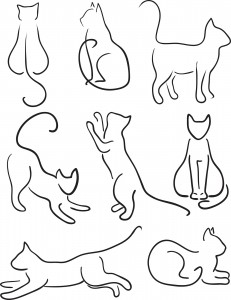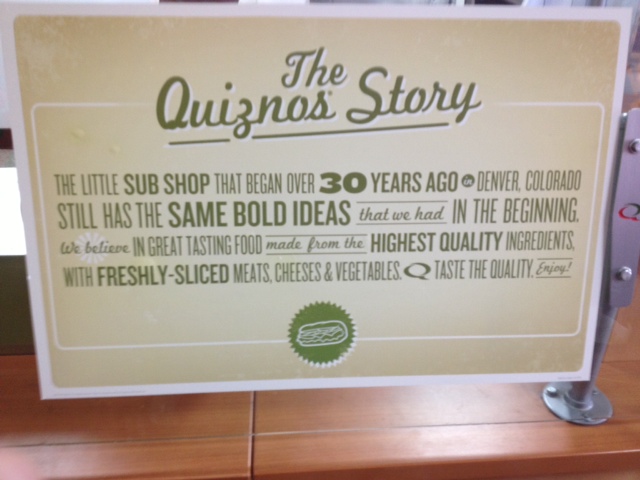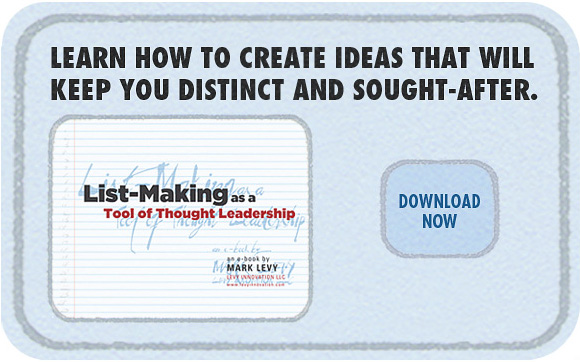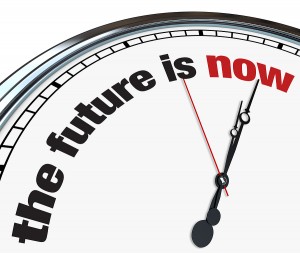Get What You Want By Finding a Spot That’s Unoccupied
When I was nine years old, I fell in love with baseball and dreamed of playing first base. To aid me in my dream, my dad bought me a first baseman’s glove. When my friends and I gathered after school for an informal ball game, everyone knew to stay away from first. That was my spot.
Then something happened to change that.
The Little League season was starting up, and I decided to join the local team. During tryouts, the manager told us kids to run onto the field and man the position we most wanted to play. I of course sprinted towards first, but was in for a shock.
Five other kids had beaten me there. Apparently, each of us had the same dream. The manager told us that to win the job we’d have to compete with one another. Before he held the competition, though, he scanned the rest of the field.
Every position had at least one kid occupying it; that is, except for catcher. No one had claimed that spot. “Who wants to catch?” the manager asked. “We need a catcher.”
 All of us froze. Catching was the sport’s most thankless position. As a catcher, even when the temperature outside hit 95 degrees, you still had to wear a helmet, chest protector, shin guards, thick metal face mask, and heavy padded glove. A hundred times a game, you needed to squat low and bolt back up. What’s more, foul balls stung you and base runners knocked you down. No one wanted to play catcher.
All of us froze. Catching was the sport’s most thankless position. As a catcher, even when the temperature outside hit 95 degrees, you still had to wear a helmet, chest protector, shin guards, thick metal face mask, and heavy padded glove. A hundred times a game, you needed to squat low and bolt back up. What’s more, foul balls stung you and base runners knocked you down. No one wanted to play catcher.
Which is why I was surprised when I found myself jogging towards home plate to pick up the catcher’s mitt laying there. “Good,” the manager said. “Levy will catch.”
What happened? Why did I suddenly toss aside my plan to play first base? It was out of dread. Although I’d never seen those five other kids play, my nine-year-old self was certain they were better than me, and I didn’t want to be embarrassed.
If the story ended there, it would be one of failure. But it doesn’t end there.
As a catcher, I learned how to block the plate, snag pop-ups, calm jittery pitchers, and in other ways be a credit to my position. At the season’s conclusion, I was selected –- as a catcher –- to represent my team in the All-Star game. I ended up playing a sport I love while excelling in my role.
What’s all this have to do with business? My becoming a catcher marks the first time I can remember using a strategy that has since become a cornerstone of my consulting work.
That strategy: To get what you want, find a spot that’s unoccupied.
Finding an unoccupied spot is at the heart of business positioning. After all, if you have unlimited money, talent, and connections, your business can go head-to-head with anyone in the world. If you don’t have copious resources, though, it’s best to pick a narrow-yet-important position in which you can dominate.
Finding an unoccupied spot doesn’t just work for positioning your company. It’s also a strategy that can help you write books, give speeches, and reach the media.
I’ll give you an example.
A month back, a friend (Thanks, Dan!) sent me a media query from a “Fast Company” magazine writer doing an article on how to be a good conversationalist. Getting quoted in that article would help my business. I knew, though, that dozens, maybe even hundreds, of experts would be answering that writer’s query. How could I stand out from among those other respondents?
I thought about positions. More precisely, I asked myself, “What are those other respondents likely to say?” (Which spots will be occupied?). Then I asked, “What can I say that’s different?” (Which spots will be unoccupied?)
When I thought about what the other respondents might say about being a good conversationalist, I came up with advice like “Be interested in the other person” and “Listen more than you speak.” It’s not that that advice is wrong. In fact, it’s great advice. It’s just that I’ve heard it before, so if I repeated it, I’d lower my chances of making it into the article.
Once I thought about what others would likely say, I came up with a few points about good conversation that were true yet more unusual. I emailed those points to the writer. You can see the resulting “Fast Company” article here.
What for you is the takeaway?
Whether you’re positioning your business, or creating content for a book, post, or speech, begin by asking yourself what the audience expects. If you only give them what they expect, they have no reason to listen to you.
Try finding a spot that’s unoccupied. One that’s valuable yet surprising.








